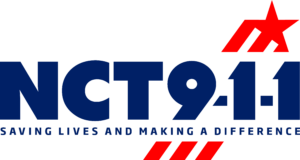9-1-1 Telecommunicators Save Lives – Why Aren’t They First Responders?
Last month, the 9-1-1 Supporting Accurate Views of Emergency Services (9-1-1 SAVES) Act was introduced into the United States House of Representatives. Last week, a companion bill was introduced into the Senate and a similar bill has been filed in the state legislature (HB 1090). The 9-1-1 SAVES Act will reclassify 9-1-1 telecommunicators, who are currently classified […]
9-1-1 Telecommunicators Save Lives – Why Aren’t They First Responders? Read More »










